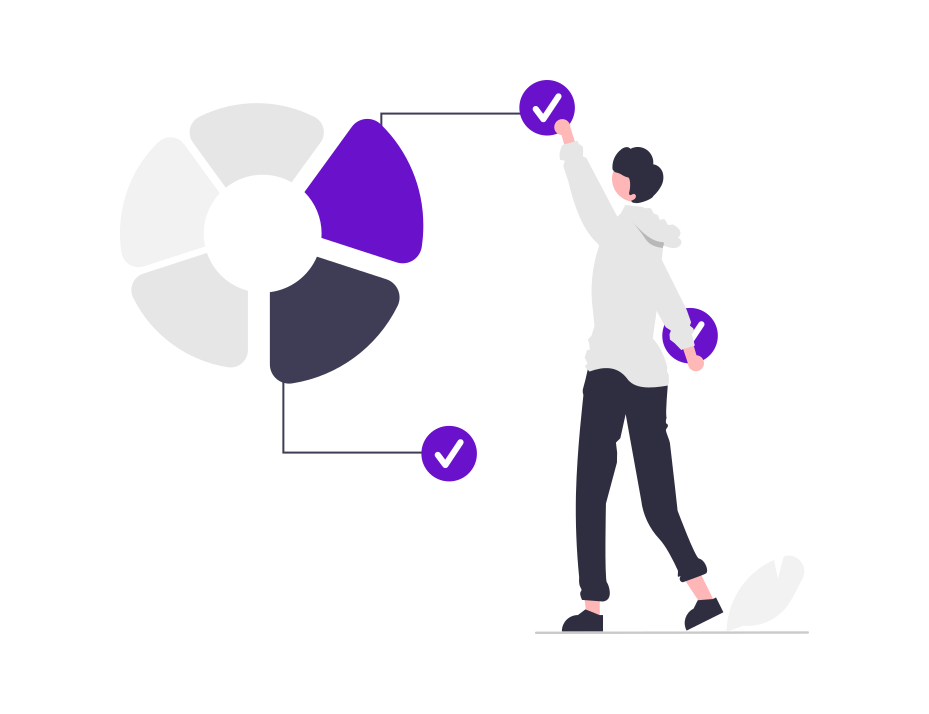In today's competitive landscape, non-profit organizations face unique challenges in reaching and engaging their target audiences. One powerful strategy to overcome these hurdles is through Account-Based Marketing (ABM) with a focus on personalization. This blog will explore the role of personalization in ABM and provide best practices tailored for non-profits to maximize their impact.
Understanding ABM and Its Importance for Non-Profits
Account-Based Marketing (ABM) is a strategic approach that treats individual prospects or customer accounts as markets in their own right. By focusing on high-value accounts, non-profits can tailor their marketing efforts to address the specific needs and interests of these groups, leading to more meaningful engagement and better outcomes.
For non-profits, this targeted approach is crucial. Resources are often limited, so maximizing the impact of every marketing effort is essential. ABM helps non-profits direct their efforts where they are most likely to yield results, ensuring a higher return on investment.
The Power of Personalization in ABM
Personalization takes ABM to the next level by delivering tailored messages and experiences to each target account. For non-profits, this means understanding the unique motivations, challenges, and interests of their audience and addressing these factors directly. Here are some key benefits of personalization in ABM for non-profits:
- Enhanced Engagement: Personalized messages resonate more with the audience, leading to higher engagement rates. When donors and supporters feel understood and valued, they are more likely to respond positively.
- Improved Donor Retention: Personalization fosters a deeper connection with donors, increasing their loyalty and long-term commitment to the organization.
- Higher Conversion Rates: Tailored content and experiences can significantly improve the likelihood of converting prospects into active supporters or donors.
Best Practices for Implementing Personalization in ABM
To effectively leverage personalization in ABM, non-profits should follow these best practices:
1. Identify and Segment Your Target Accounts
Begin by identifying the key accounts that align with your non-profit's goals and values. Use data analytics to segment these accounts based on factors such as demographics, interests, engagement history, and giving patterns. This segmentation allows for more precise and effective personalization.
2. Develop Detailed Persona Profiles
Create detailed persona profiles for each segment. These profiles should include insights into the needs, preferences, and motivations of your target audience. Understanding these personas will guide the development of personalized content and strategies.
3. Craft Personalized Messages and Content
Develop customized messages and content for each target segment. This could include personalized emails, tailored social media posts, and specific landing pages designed to address the unique concerns and interests of each group. Ensure that your messaging aligns with the values and mission of your non-profit.
4. Utilize Technology and Data
Leverage technology and data analytics to track and analyze the behavior and preferences of your target accounts. Tools such as CRM systems, marketing automation platforms, and AI-powered analytics can provide valuable insights into how your audience engages with your content. Use this data to continuously refine and enhance your personalization efforts.
5. Engage Through Multiple Channels
Personalization should extend across all your marketing channels. Whether it's email, social media, your website, or direct mail, ensure that your personalized messages are consistent and cohesive across all platforms. Multi-channel engagement increases the chances of reaching your audience where they are most active.
6. Monitor and Adjust Your Strategies
Regularly monitor the performance of your personalized ABM campaigns. Analyze metrics such as engagement rates, conversion rates, and donor retention rates to assess the effectiveness of your efforts. Be prepared to adjust your strategies based on the insights you gather to continuously improve your personalization tactics.
Conclusion
Personalization in ABM is a game-changer for non-profit organizations. By understanding and addressing the unique needs and interests of their target accounts, non-profits can achieve higher engagement, improved donor retention, and greater overall impact. Implementing the best practices outlined in this blog will help non-profits leverage the power of personalization to advance their missions and make a difference in the world.


